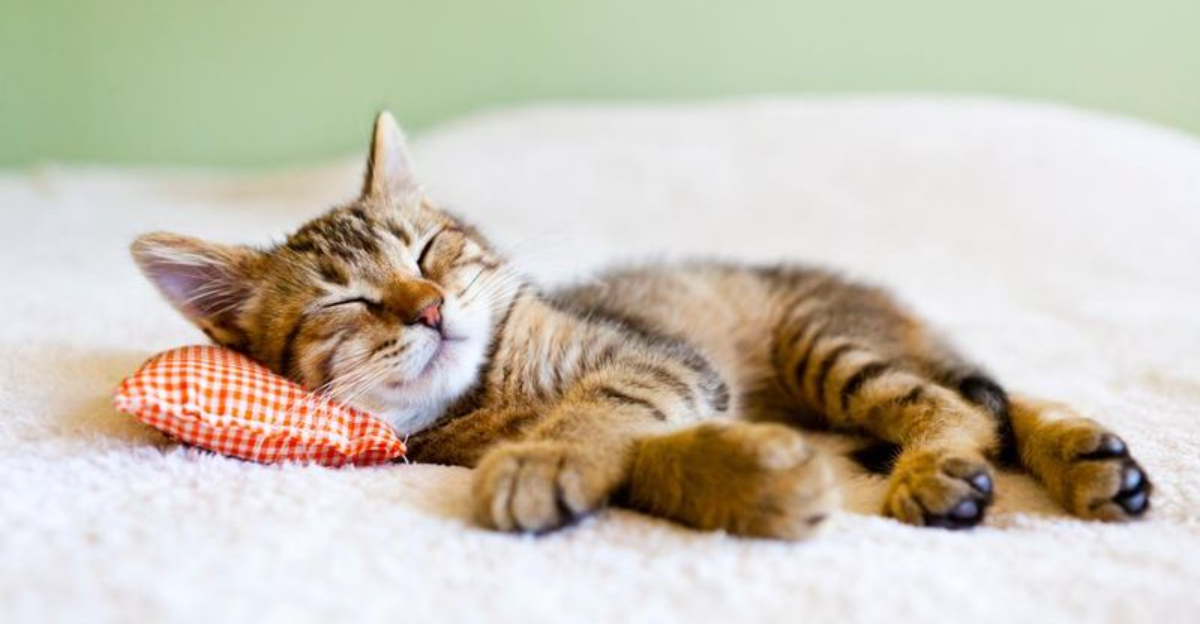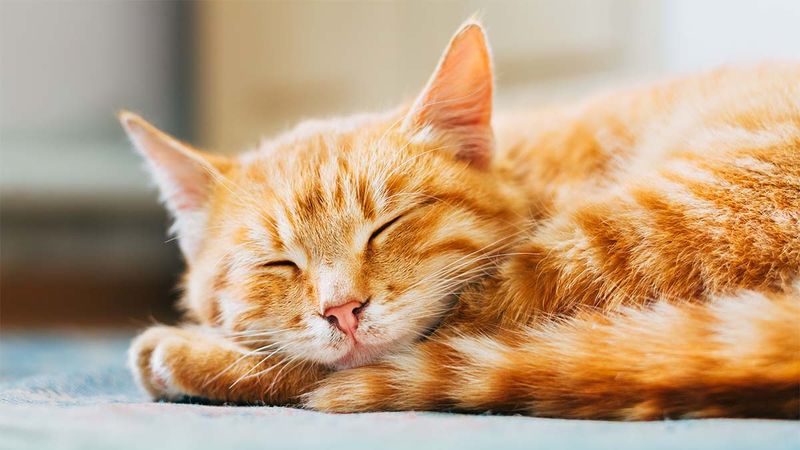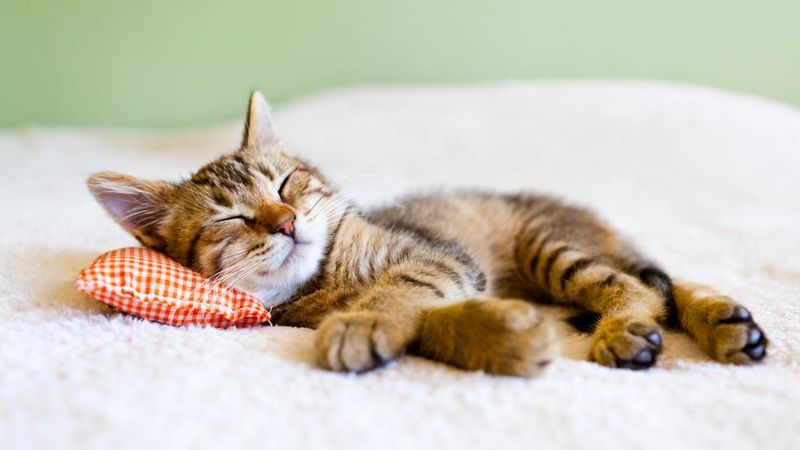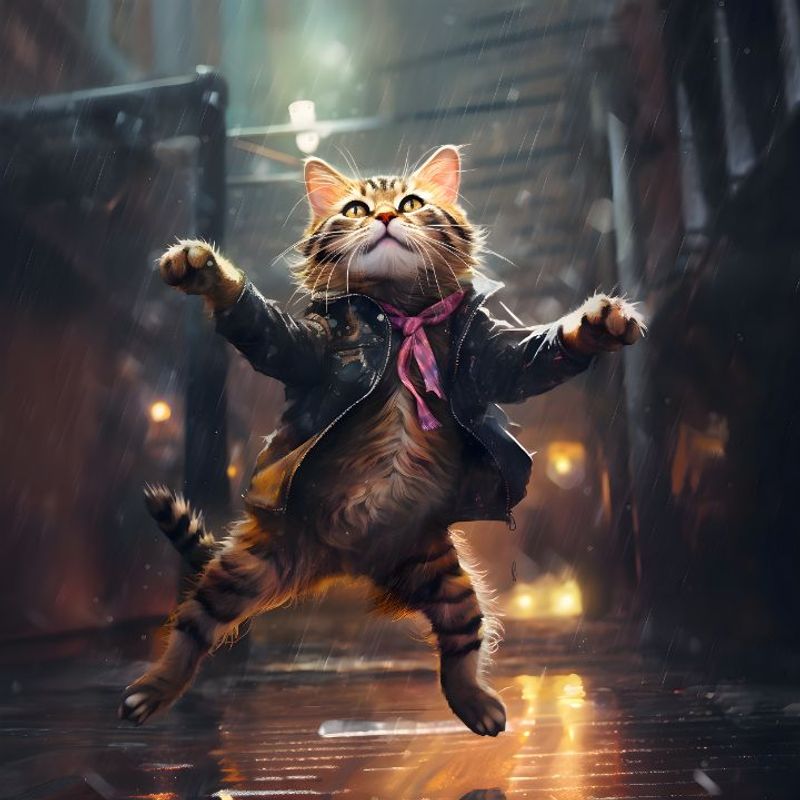Cats are mysterious creatures in both waking and sleeping life. When they doze off—sometimes up to 16 hours a day—their tiny paws twitch, whiskers flicker, and tails curl in curious ways. What do cats dream about? What do their sleep patterns reveal? Welcome to the charming world of Whimsical Feline Dreams, where science meets fantasy.
Do Cats Dream? What Science (and Whiskers) Say
It might seem like a stretch to imagine your cat chasing dream-mice or floating through fields of catnip, but science suggests that cats do dream. Like humans, cats experience REM (Rapid Eye Movement) sleep, the phase most associated with vivid dreams. During this time, they often twitch, “run” in place, or make soft vocalizations.
Researchers believe this indicates dream activity—possibly reliving their daily adventures or expressing subconscious instincts. Kittens, interestingly, spend more time in REM sleep than adults, which may aid their development. Though we can’t peek directly into their dreamscapes, studies on brainwave patterns in sleeping cats have shown striking similarities to those of dreaming humans.
So, the next time your tabby twitches her tail while napping, it’s very possible she’s off chasing fireflies, hunting imaginary prey, or even dreaming of you.
Paw-sitive Vibes Only: What Makes the Purr-fect Cat Nap?
Cats are true nap connoisseurs, often seeking the coziest, sunniest, and most oddly specific places for sleep. But what creates the perfect environment for a truly blissful feline snooze? First, it’s all about safety and warmth. Cats love elevated spots where they can keep an eye on their surroundings while feeling secure.
A soft blanket, cardboard box, or even a pile of laundry becomes an instant invitation to dreamland. Sunlight is another key ingredient—basking in a warm sunbeam not only feels good but helps regulate their body temperature. Familiar scents, such as your unwashed sweater, add an extra layer of comfort.
Even background noise plays a role; many cats enjoy the soft hum of household appliances or the subtle sound of birds outside the window. Creating a peaceful, enriched sleep space not only encourages healthy rest but may even lead to longer, more whimsical dreams. After all, happy cats make the best dreamers.
Twitches, Chirps & Tail Flicks: Interpreting Cat Dream Behavior
Ever watched your sleeping cat suddenly kick, “talk,” or swish their tail like they’re on an invisible adventure? These movements are more than just cute—they’re subtle glimpses into your cat’s inner dream world. During REM sleep, when dreaming most likely occurs, cats may experience muscle spasms or vocalize in ways that reflect their dream content.
A twitching paw might mean they’re sprinting after prey. A soft chirp? Maybe they’re reliving a bird-watching session. Tail flicking could signal emotional shifts—perhaps frustration with a dream-mouse that got away. Each of these behaviors offers a clue about what your cat is mentally processing.
Interestingly, cats with more active daytime routines often exhibit more animated sleep behaviors, suggesting dreams may mirror their waking experiences. While we can’t translate every movement into a dream narrative, observing your feline’s sleep quirks is like watching a silent, whimsical play—one written and performed entirely in the theater of their mind.
Dream Destinations: Where Would Cats Go in Their Sleepy Adventures?
If cats could dream up fantasy lands, what would they look like? Picture this: endless rolling fields of fluttering butterflies, shelves stacked with tuna cans, or a city made entirely of climbing posts and scratching pads. While there’s no scientific blueprint for feline fantasy, imagining their dream destinations is a joyful exercise in creativity.
Your couch-loving kitty might dream of being a jungle tiger leaping through leafy canopies. A shy housecat could envision secret tunnels filled with soft blankets and gentle chin scratches from loving humans. Playful cats might soar across dream skies chasing laser dots that never vanish.
These imagined dreamscapes, inspired by feline instincts and preferences, give us a whimsical window into their inner lives. Whether they’re reliving a victorious pounce or lounging in a sunny patch that lasts forever, we like to believe that in their dreams, cats rule the world—with grace, flair, and a touch of mischief.
Myth, Magic & Meowgic: Cats and Dream Lore Through the Ages
Throughout history, cats have been linked to the mysterious, the magical, and the dreamlike. In ancient Egypt, they were considered sacred beings that could travel between the living world and the spiritual realm—perhaps even through dreams. In folklore, it’s said that a sleeping cat at the foot of your bed could protect your dreams or carry messages from the beyond.
Japanese culture honors the “Bakeneko,” a mythical cat with supernatural powers, believed to appear in dreams to warn or guide. Even in modern times, some believe cats are intuitive creatures that can sense energy and enter a meditative state while asleep, connecting to something greater than themselves.
Whether seen as tiny shamans, dream guardians, or whimsical sleep travelers, cats have long been celebrated for their mysterious connection to the unseen. Their dream world might be more than whimsical—it could be steeped in centuries of purr-fect magic and age-old mystery.





